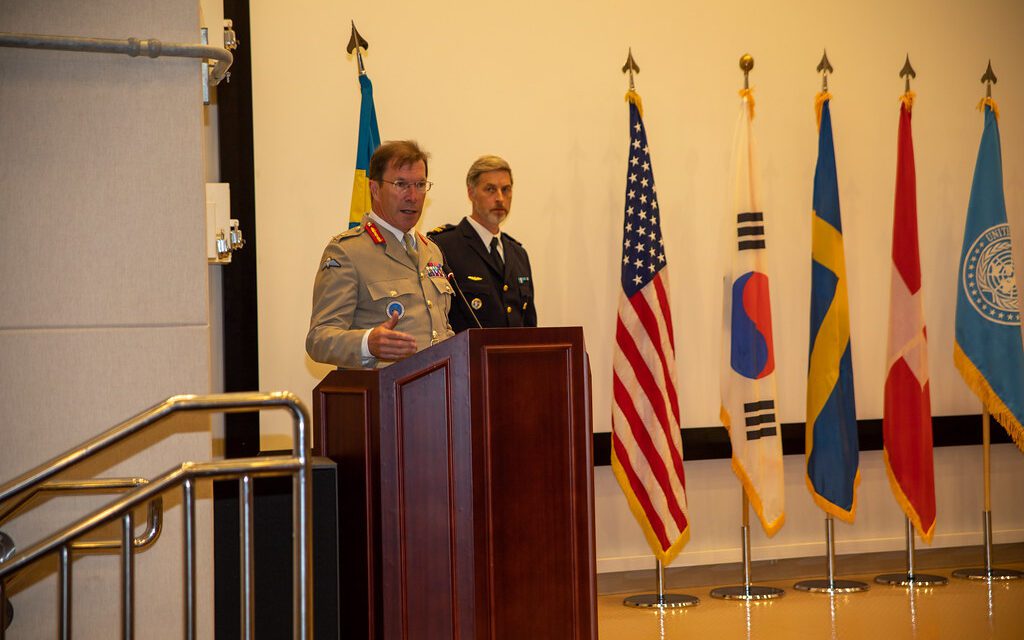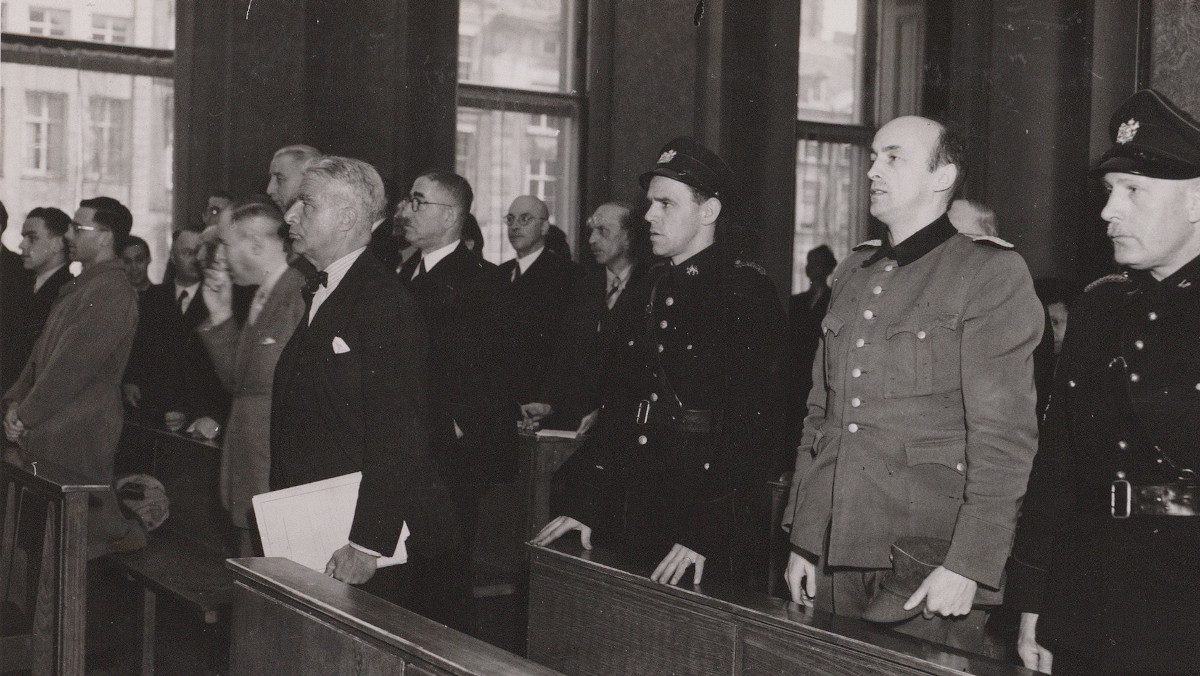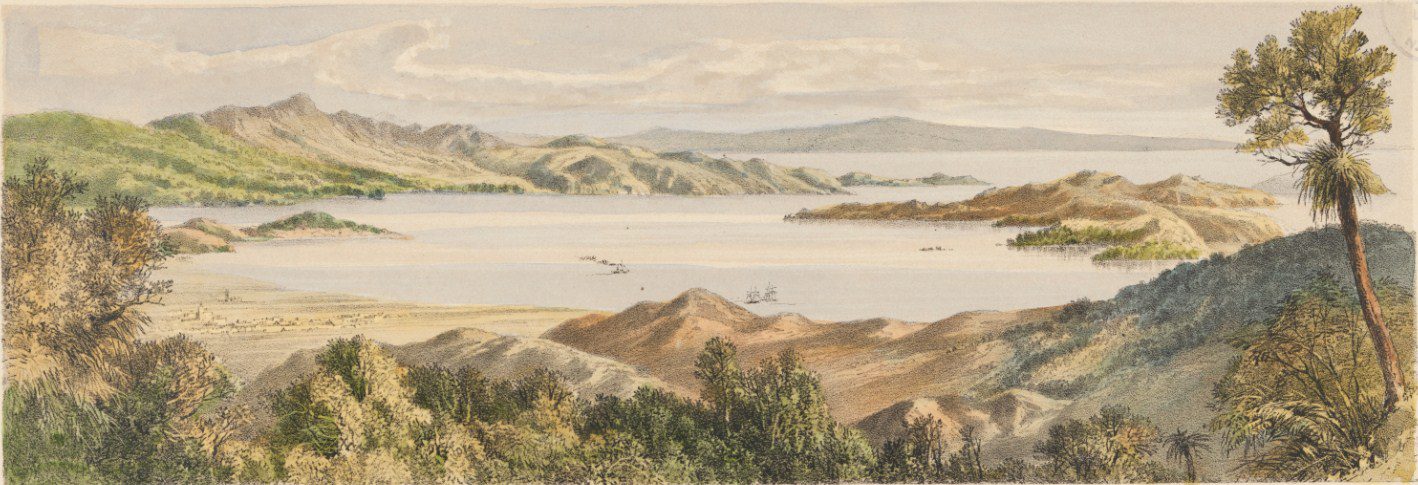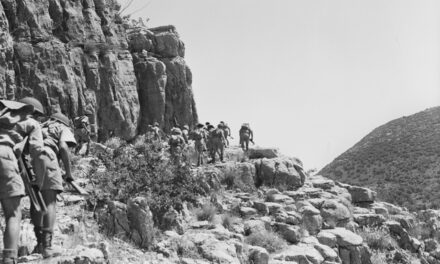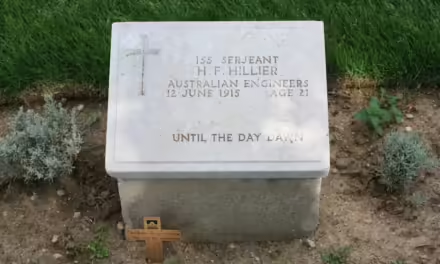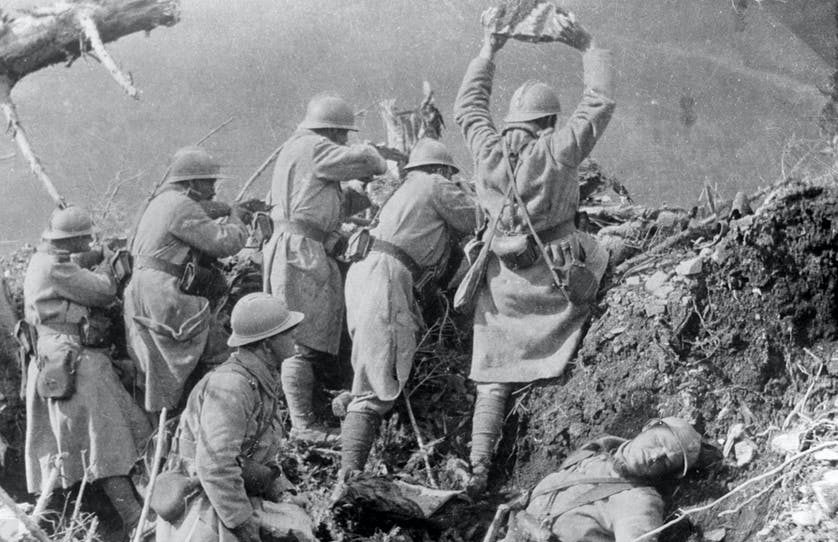Reading time: 6 minutes
For over 200 years, Sweden has been one of the few neutral states in Europe. From the Napoleonic Wars and Sweden’s declaration of neutrality in 1812 to today, many conflicts have arisen right on its borders.
Despite this, Sweden (until joining NATO in 2024) has successfully navigated neutrality, avoiding two world wars and many other conflicts throughout the 20th Century.
But how did Sweden manage to stay neutral throughout the 1900s with two world wars on its doorstep, and why did it become neutral in the first place?
By Mark McKenzie
From Scandinavian Superpower to Neutral Bystander
In the 19th century, Sweden lost a significant amount of territory in the Napoleonic Wars, most notably ceding Finland to Russia in 1809.
Reevaluating its once global foreign policy ambitions held the previous century in events like the 30 Years War, Sweden began to reassess its place and security in Europe. Under the leadership of King Charles XIII and Charles XIV John, Sweden formally declared its policy of strict neutrality in 1812, signalling a departure from its earlier ambitions of Scandinavian dominance.
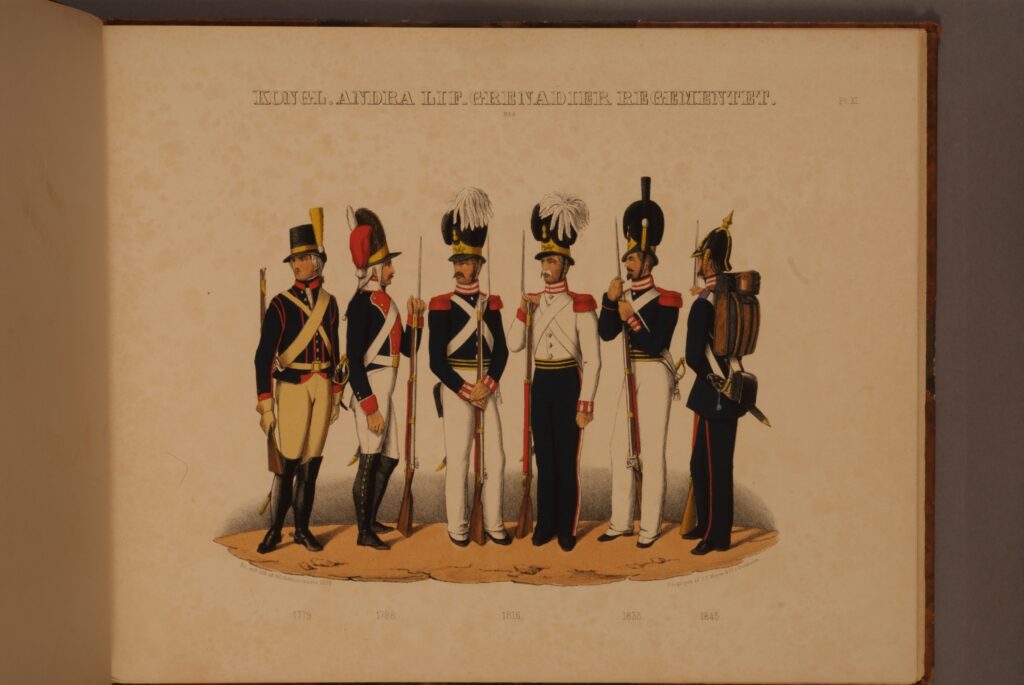
Throughout the 1800s, Sweden remained adamantly neutral – though it did maintain a sizeable military for defensive capabilities. As Europe grappled with conflicts such as the Revolutions of 1848 and the Crimean War, Sweden leveraged its neutral status to maintain regional stability and avoid entanglement in continental conflicts.
Despite some border disputes with Norway and internal political turbulence, Sweden’s neutrality appeared cemented, and its status as a neutral power was largely respected in Europe heading into the 20th Century.
Two Great Wars and Two Great Scares: Sweden in the 20th Century
Of course, Sweden was soon to be tested on its principles, with two of the Continent’s largest conflicts occurring within the first half of the 20th Century.
Sweden during WWI
World War I presented Sweden with its first major test of neutrality in the 20th century. Despite being geographically removed from the main theatres of conflict, Sweden had to walk on a knife’s edge given its economic ties with both the Allied and Central Powers.
While Sweden officially maintained both neutrality and trade relations with both sides of the conflict, there were actually some Swedes who fought.
Across both WW1 and WW2, roughly 15,000 Swedes volunteered and served in the armed forces of various European nations, with another 8,000 serving in various foreign Navies as seamen.
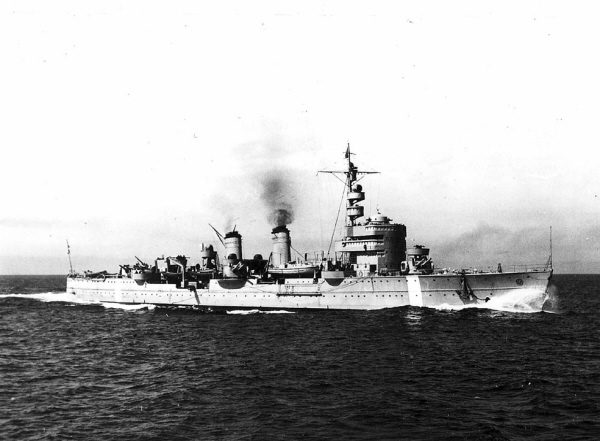
Sweden during WWII
Unlike WWI with various buffer states, WWII saw the war quickly reach Sweden’s doorstep as Nazi Germany stormed through Denmark and Norway. Not only this – to the East the Soviets began to push back the Finns, leaving Sweden in an extremely precarious position.
Finding itself encircled by potentially hostile forces, Sweden resisted intensifying pressure to choose sides in the conflict, and carefully stayed the course with armed neutrality, aided greatly by its geography. The Soviets had to defeat the Finns before reaching Sweden, and the Nazis had rushed so quickly into Norway to secure both its vast resources and its critical access to the North Sea.
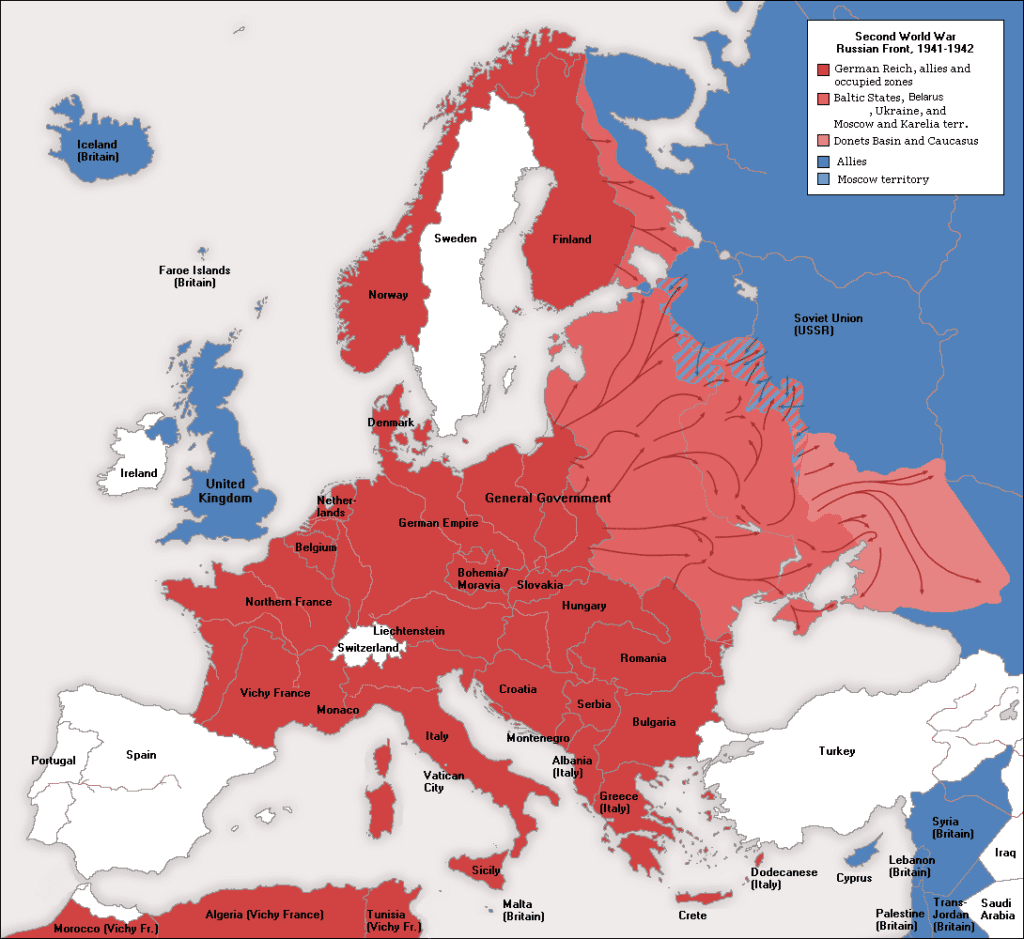
From its armed neutrality position, Prime Minister Per Albin Hansson bolstered the country’s defenses whilst avoiding any direct confrontation with Germany.
In October 1939, Sweden enacted a partial mobilization of its armed forces, followed by further measures to strengthen coastal defenses and improve air surveillance.
Despite Sweden’s efforts to assert its neutrality, the country faced constant pressure and intimidation from Nazi Germany throughout the war. In March 1941 when Nazi intimidation and threats peaked, and as the Nazi war machine seemed to be nearing victory in Europe, Sweden reluctantly agreed to the transit of German troops and military equipment through Swedish territory.
Despite Nazi interference, Sweden continued to trade with both the Allied and Axis powers, maintaining a slightly stronger semblance of neutrality.
The Fighting Swedes

Just as in WW1, many Swedes decided to join the fight individually, despite their government’s neutrality.
A small minority of Swedes chose to join the Nazi Viking group within the Waffen-SS, along with other volunteers from Norway and Denmark. Many of these recruits joined to fight alongside their Scandinavian brethren the Finns in their war against the Soviets, however once in the Waffen-SS, few made it to their desired front.
While some Swedes did indeed join the Nazis, the number that did (an estimated 200) was greatly overshadowed by the roughly 9,000 Swedes who served under Allied nations during WW2.
Is Sweden Still Neutral Today?
No.
While remaining neutral, Sweden has always maintained a strong military, and the aftermath of WW2 led to a strong military manufacturing base in Sweden.
In the latter half of the 20th century, Sweden’s commitment to neutrality began to wane as it increasingly engaged in peacekeeping missions and formed treaties with European Union countries.
Still technically neutral, this streak would end with the country’s decision to join NATO in 2024, incited largely by Russia’s invasion of Ukraine.
While no longer technically neutral, Sweden’s long history of neutrality continues to shape its foreign policy and international relations. The country looks to remain peaceful wherever possible while being pragmatic about its place in the world.
Sweden’s original decision to become neutral was in-essence a political decision to protect its security, and its decision to join NATO follows the same logical approach taken some 200 years ago.
Podcast episodes about Swedish Neutrality
Articles you may also like
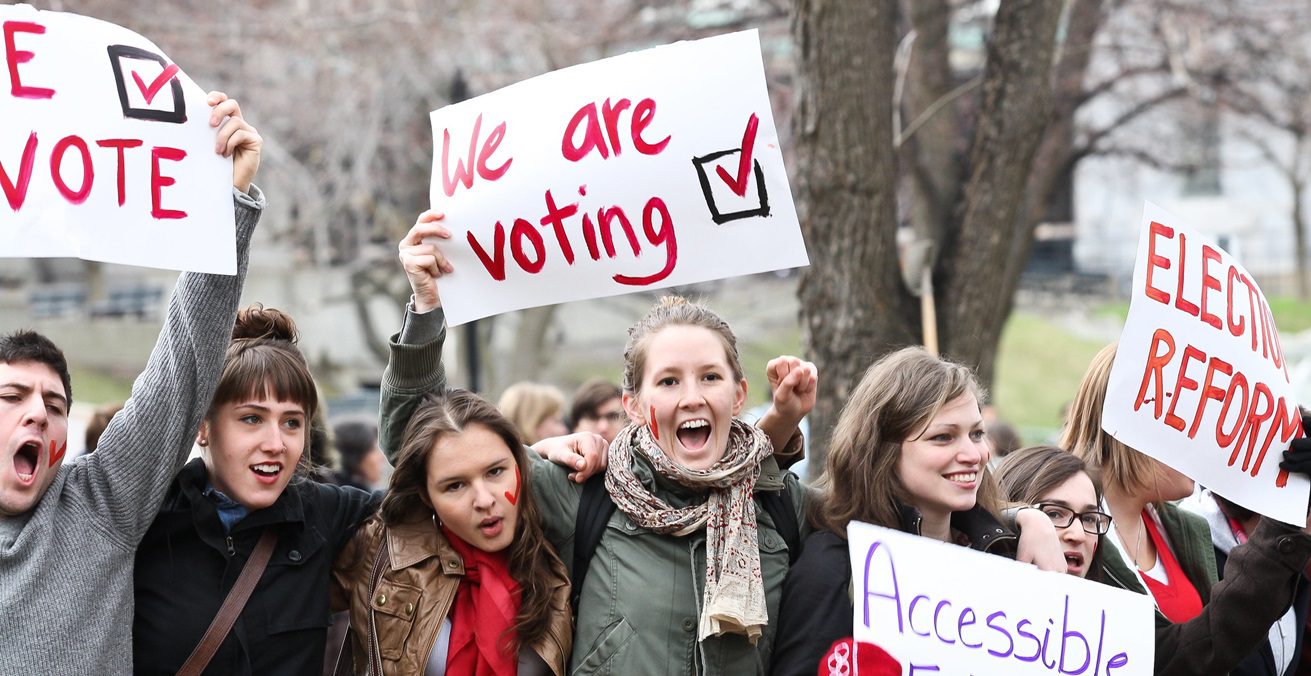
Young people remain ill-equipped to participate in Australian democracy
Despite many young Australians having a deep interest in political issues, most teenagers have a limited understanding about their nation’s democratic system. Results from the 2019 National Assessment Program – Civics and Citizenship (NAP-CC) released today show the proportion of young people demonstrating the expected level of knowledge about topics such as democracy and government has not […]
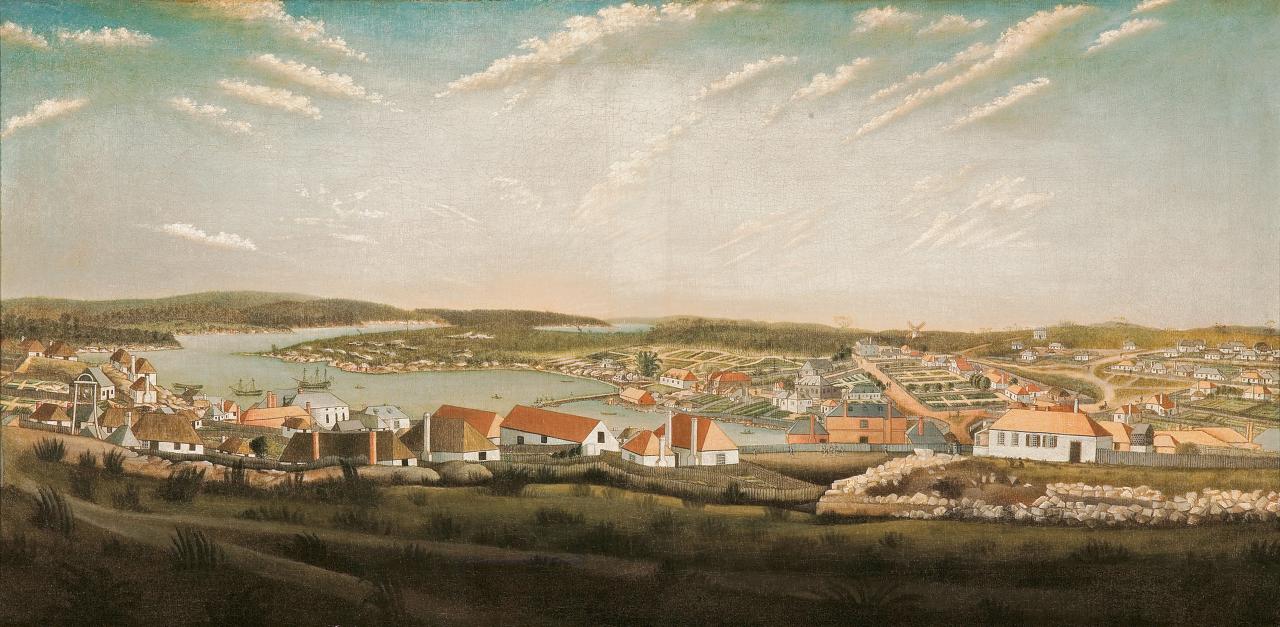
General History Quiz 111
1. The Rum Rebellion of 1808 saw the removal of Governor William Bligh from power. Where did this take place?
Try the full 10 question quiz.
The text of this article was commissioned by History Guild as part of our work to improve historical literacy. If you would like to reproduce it please get in touch via this form.

